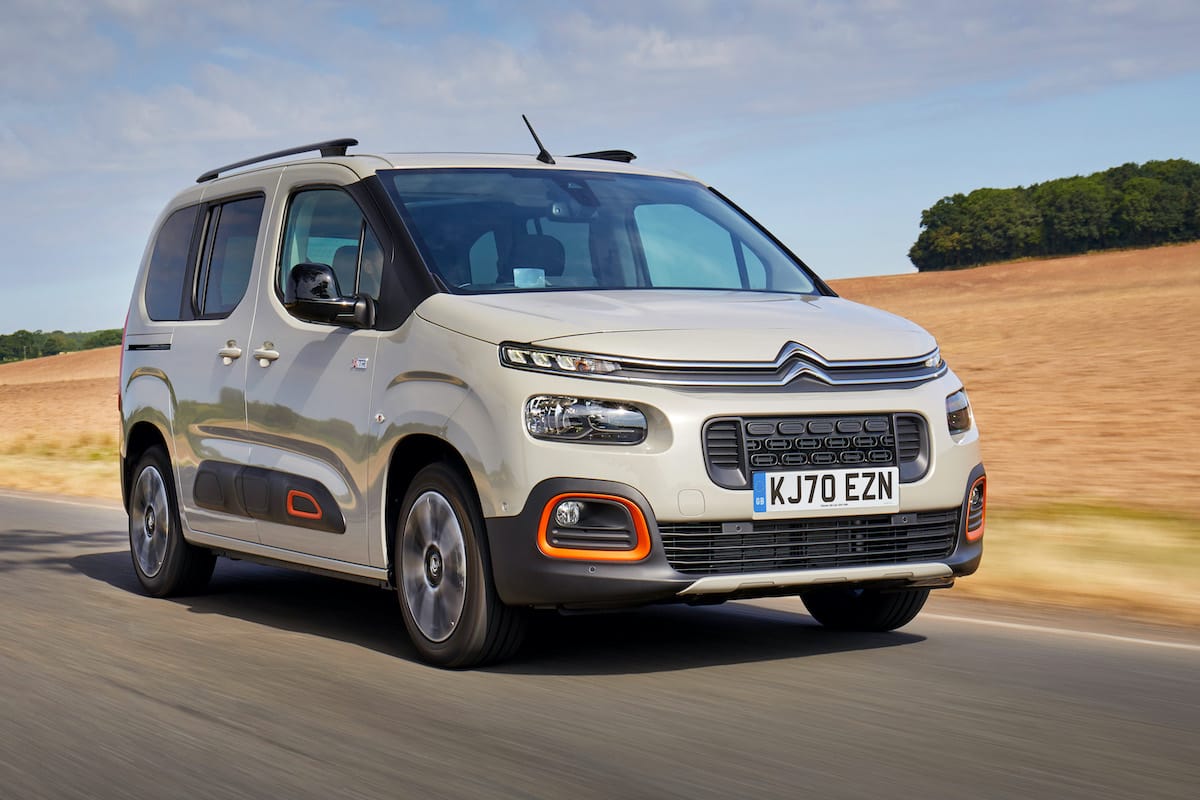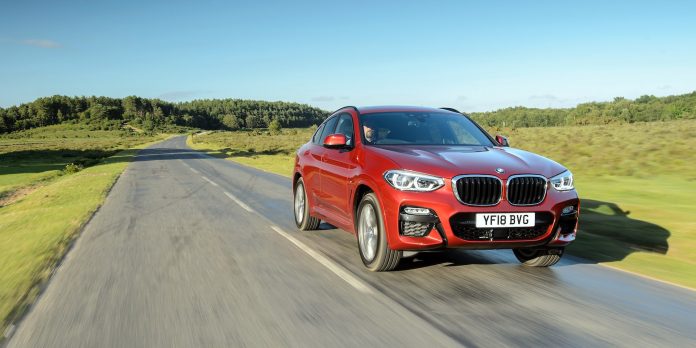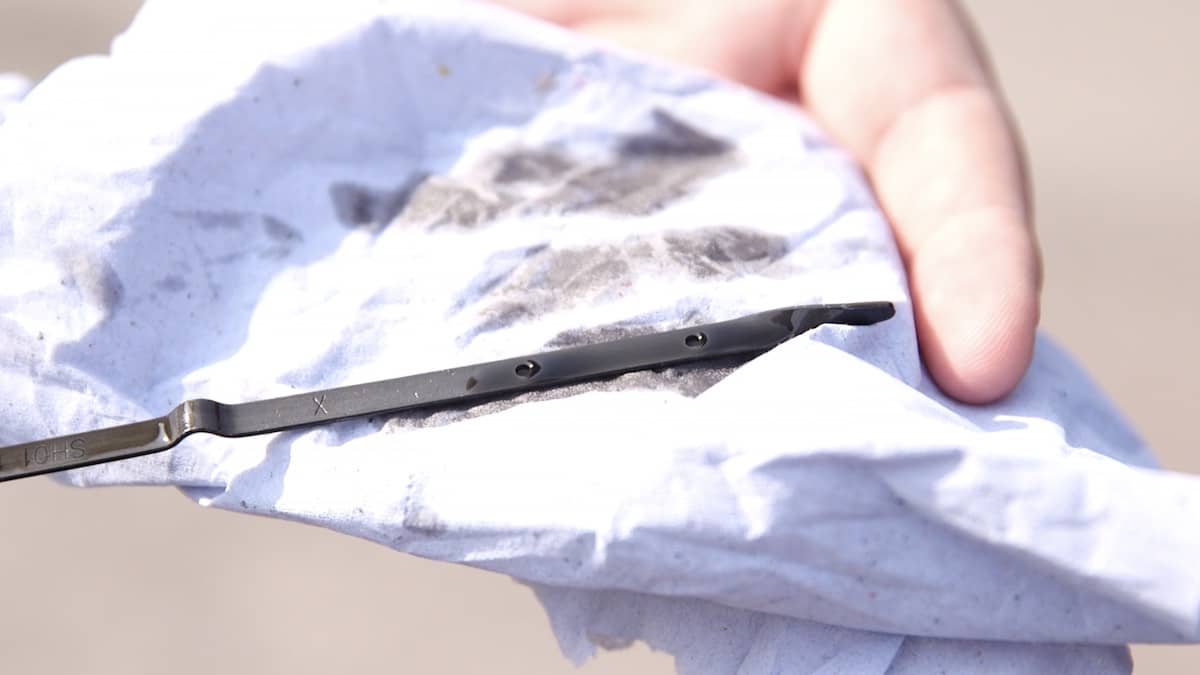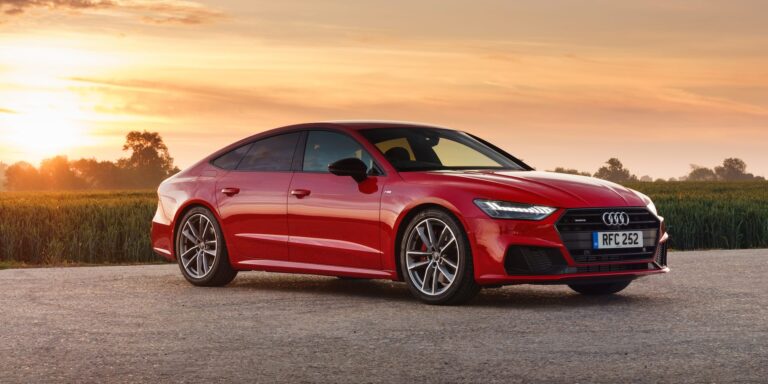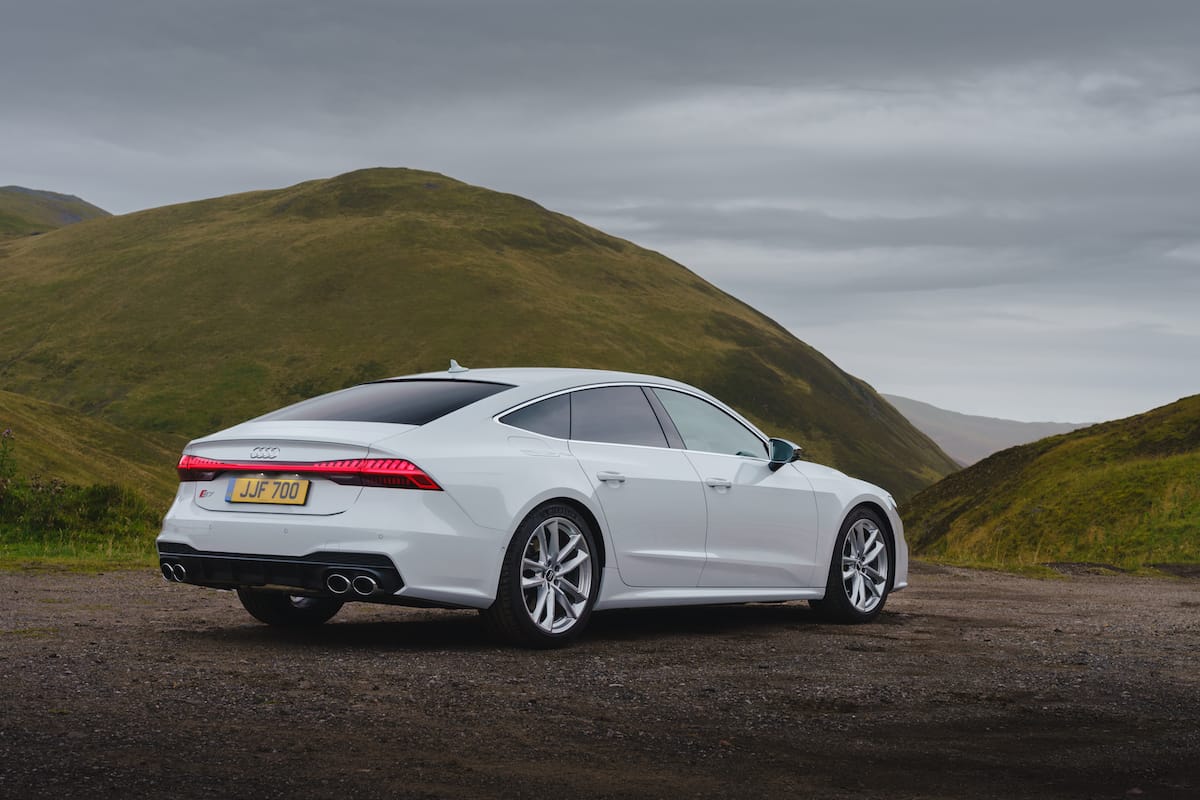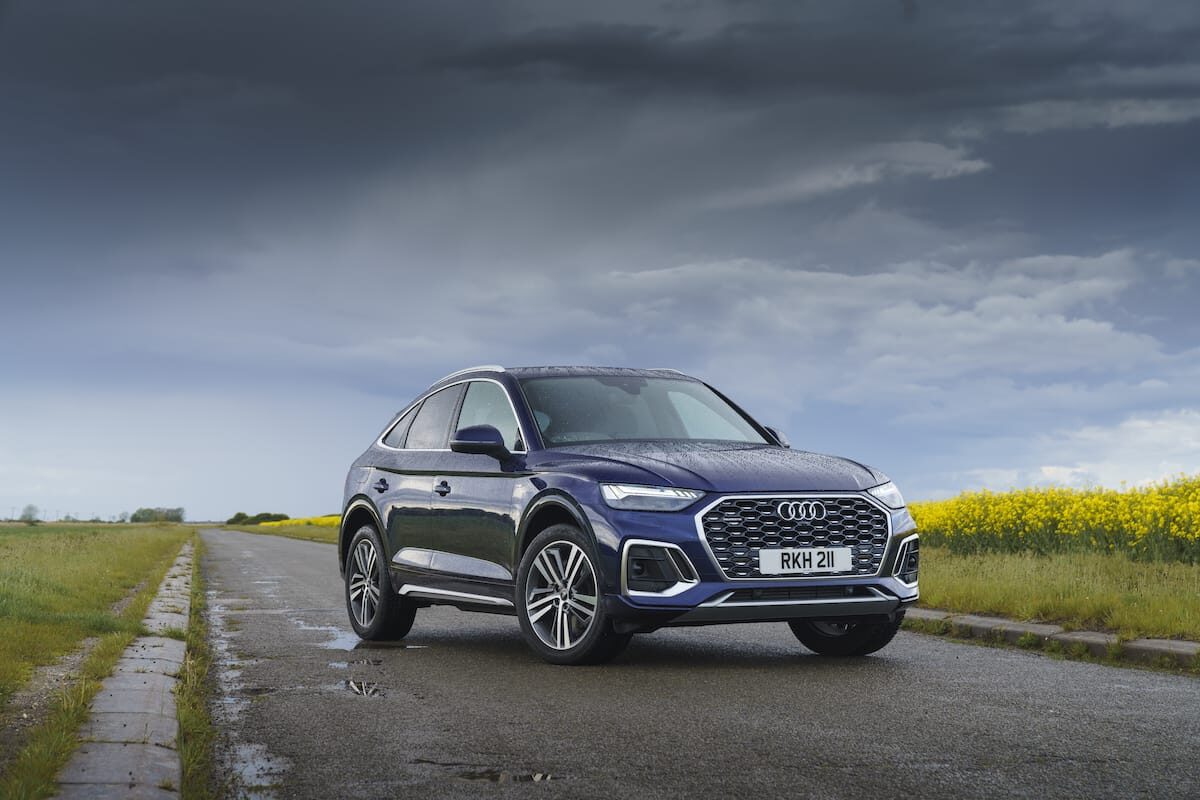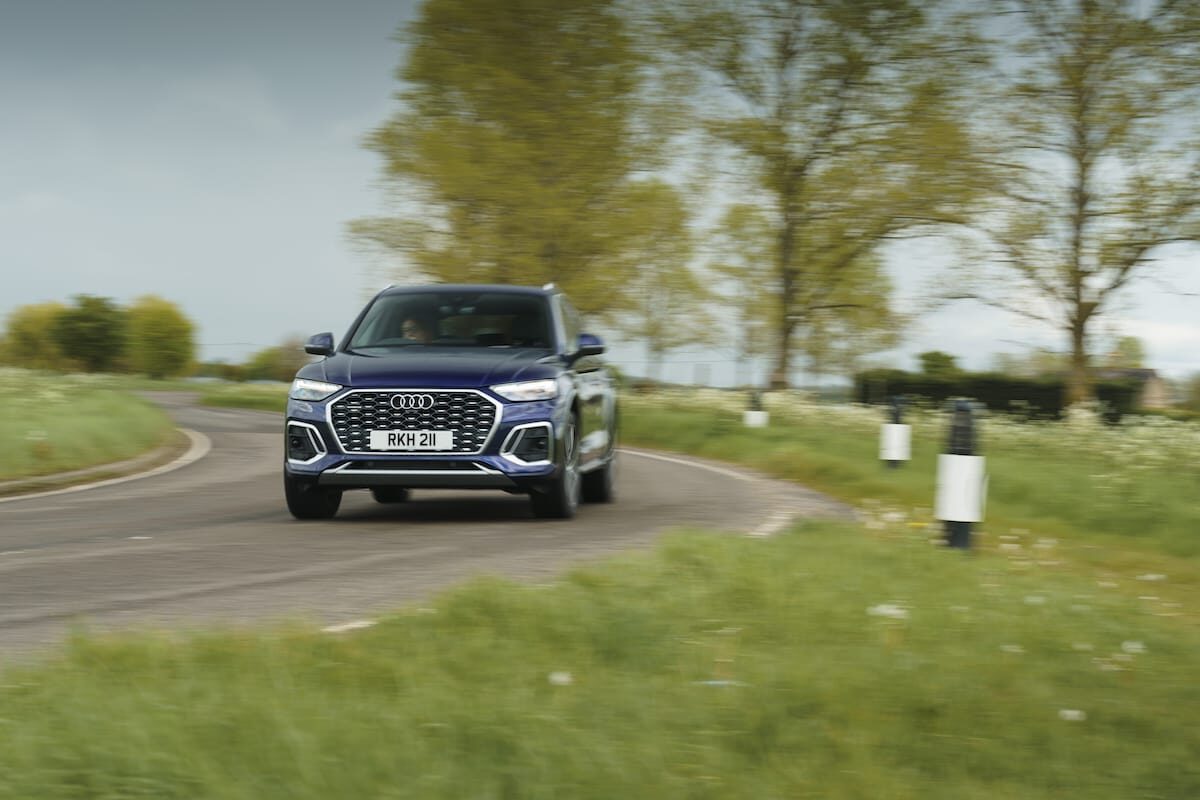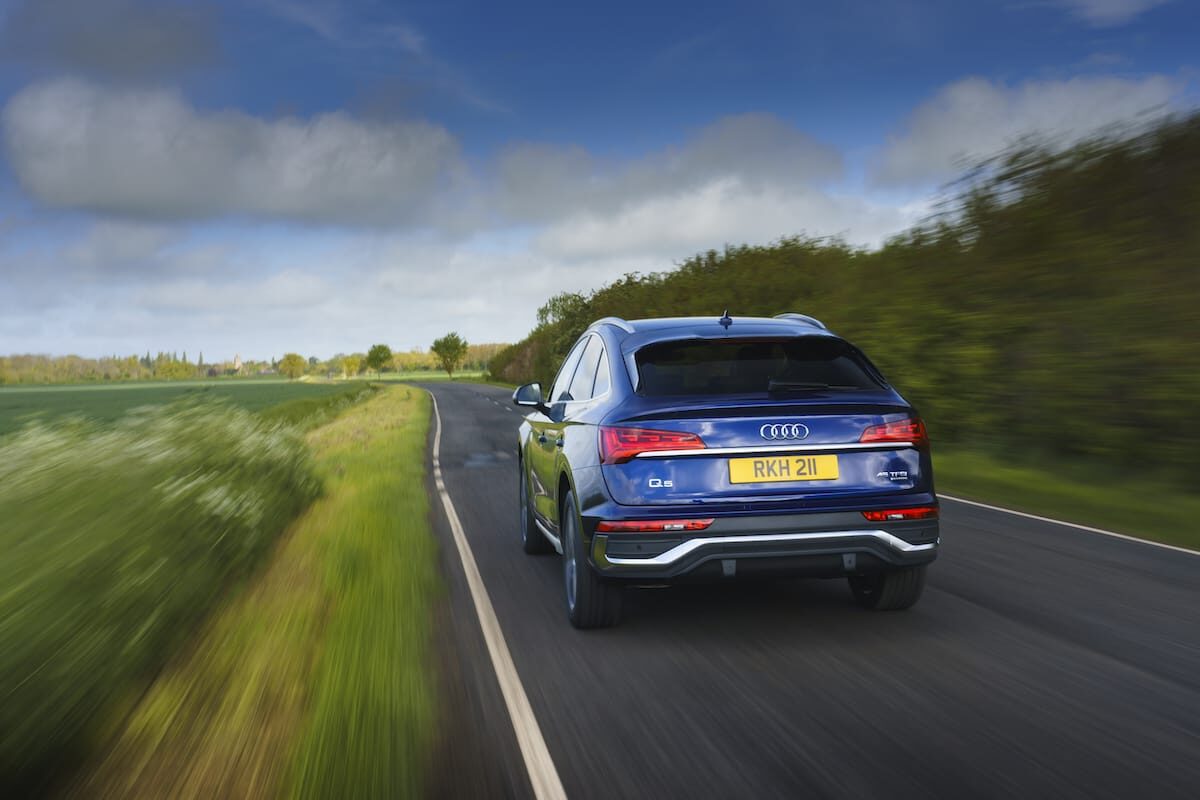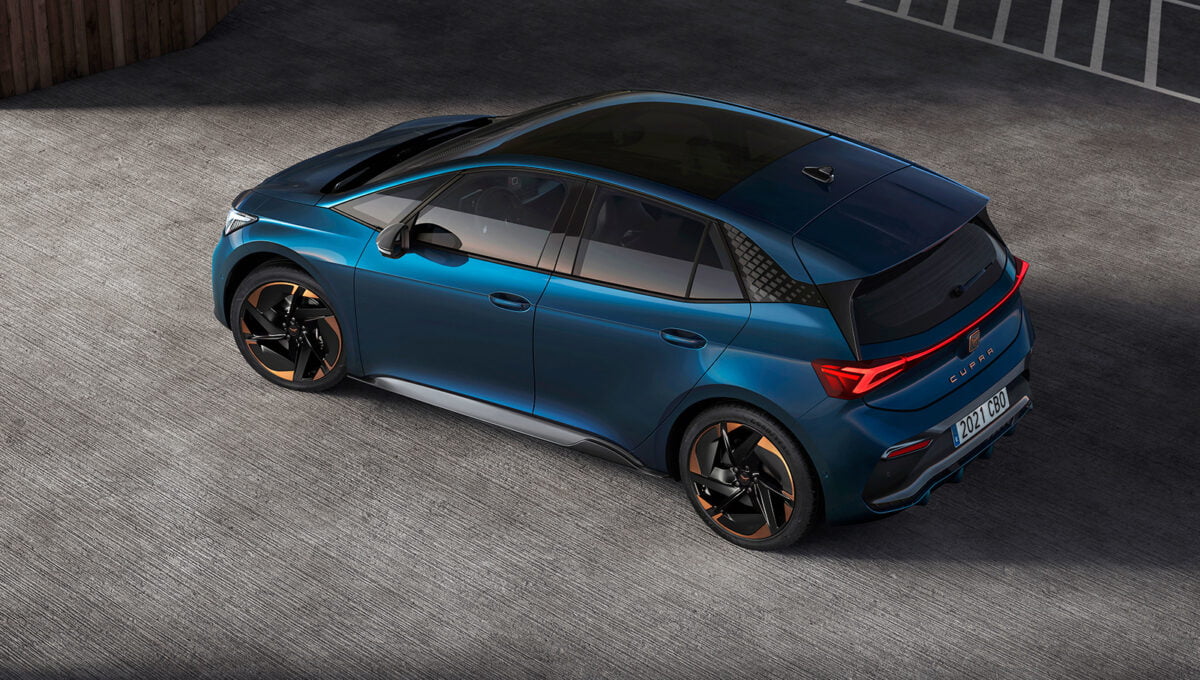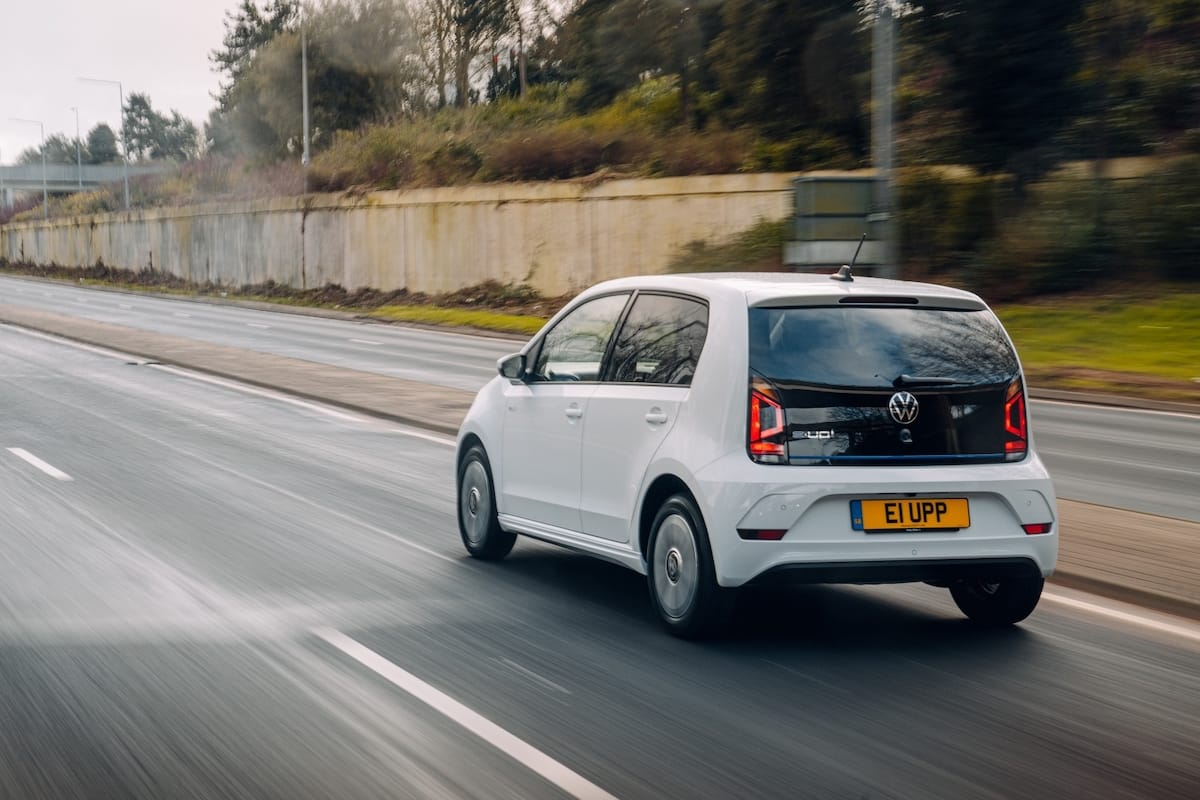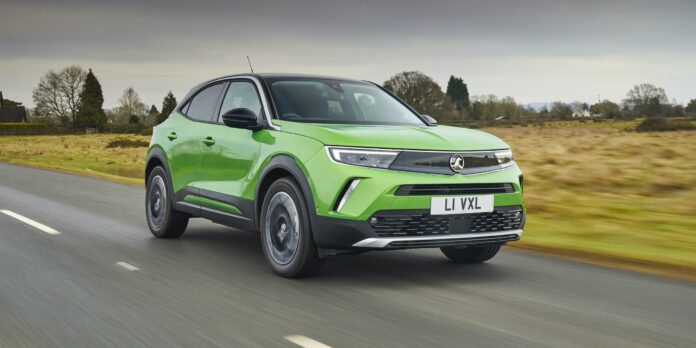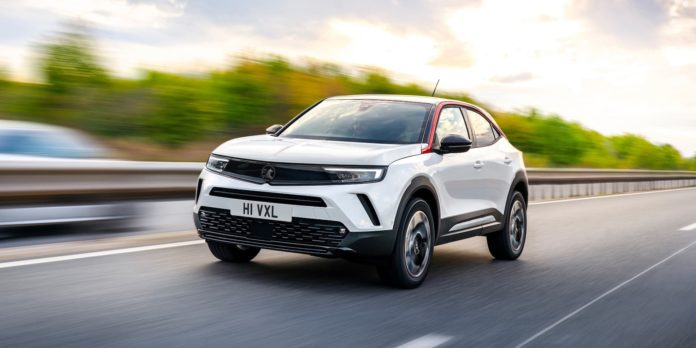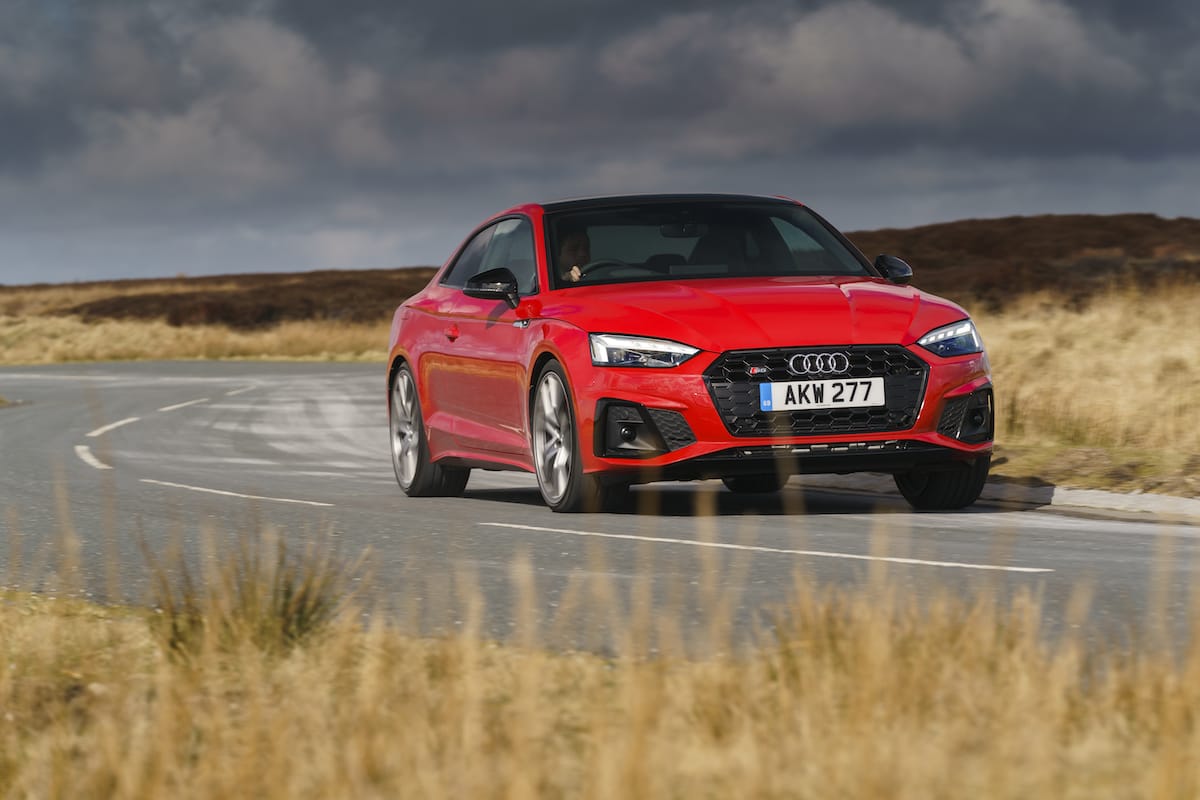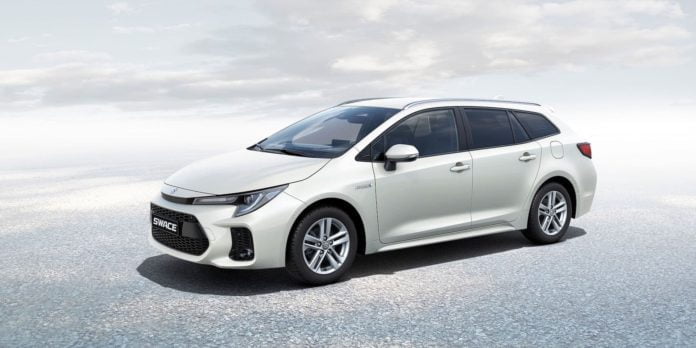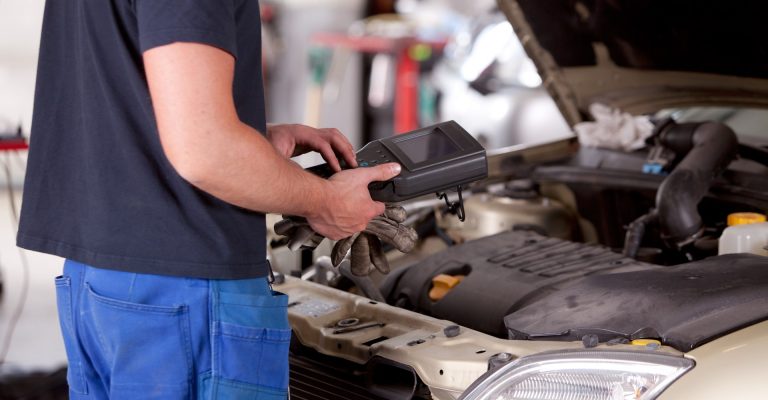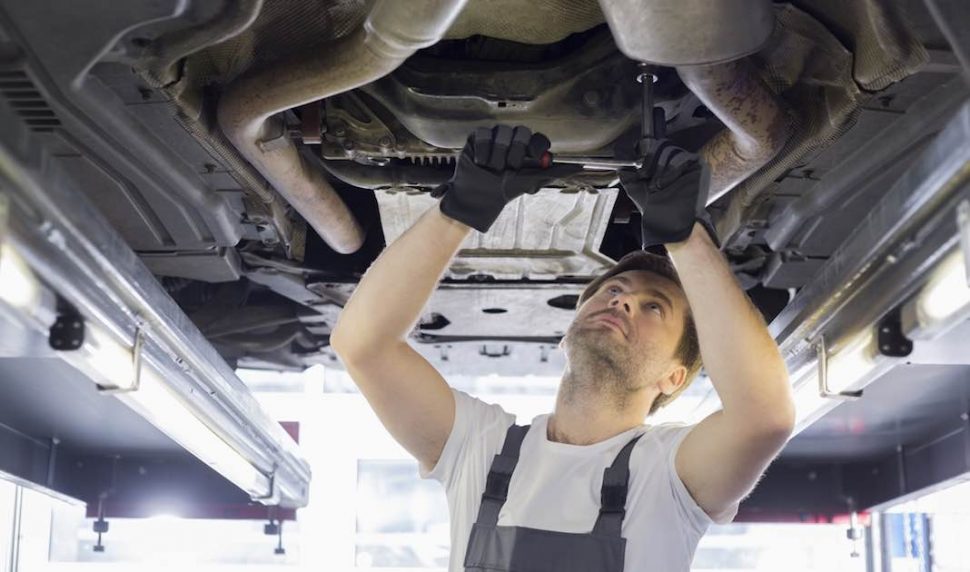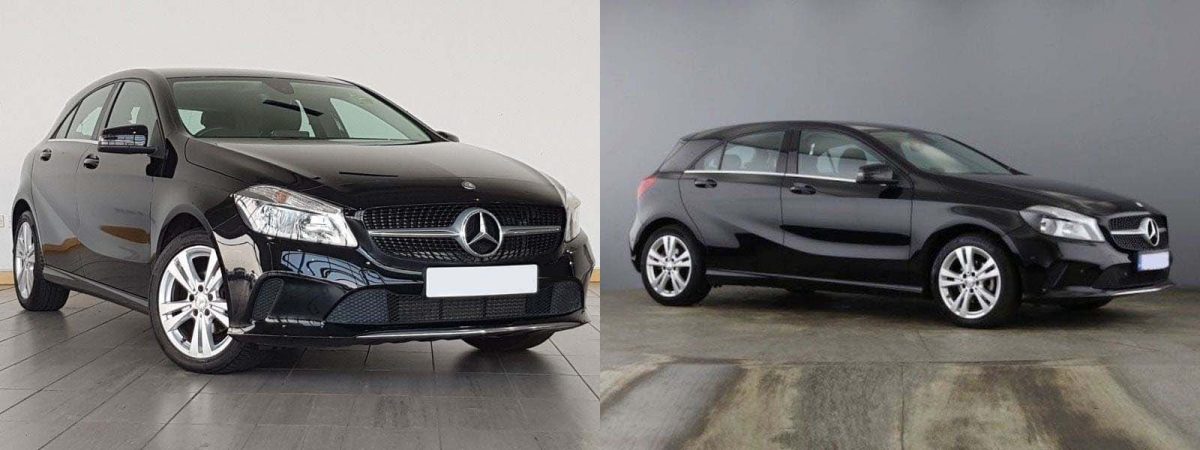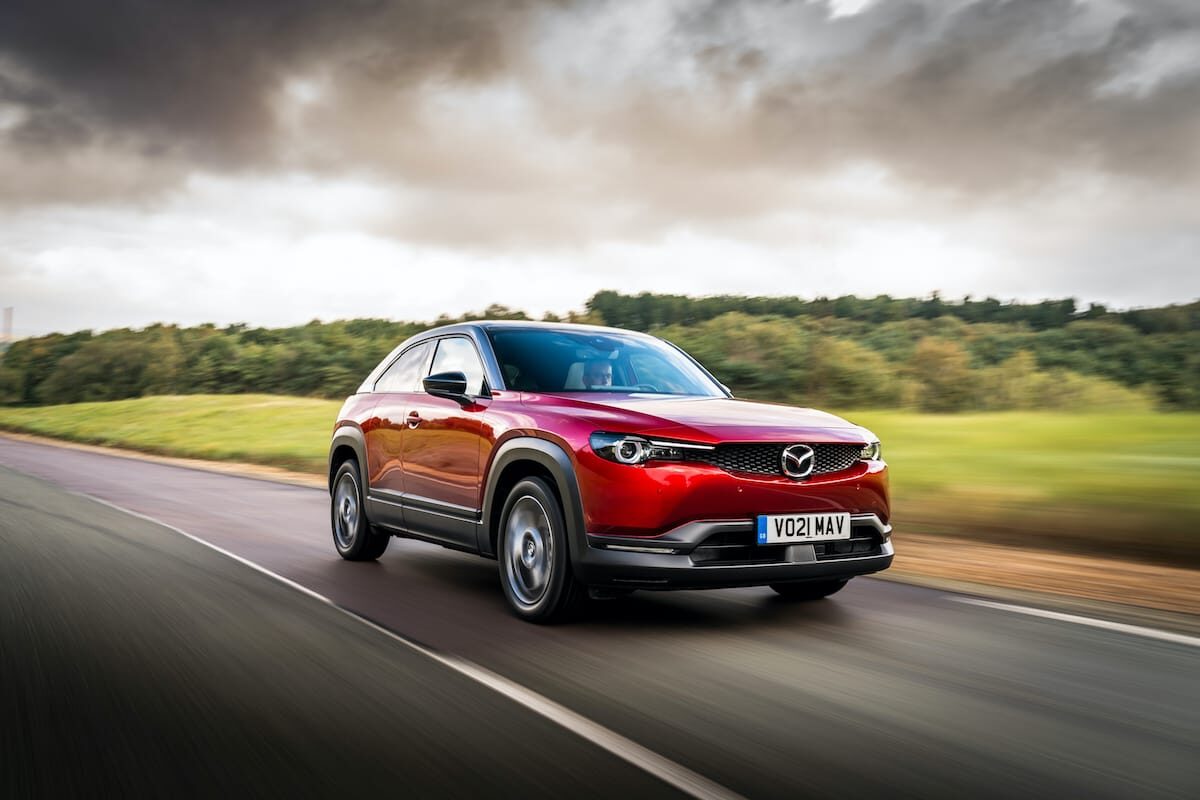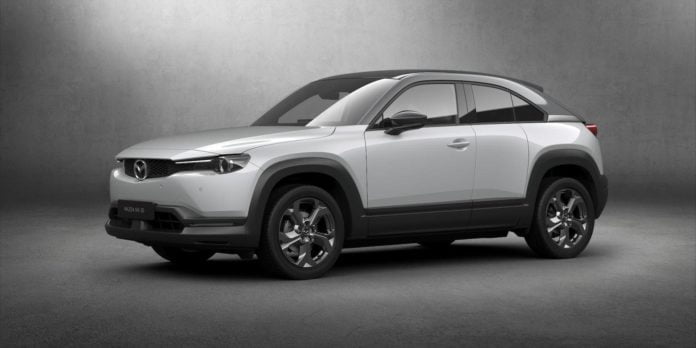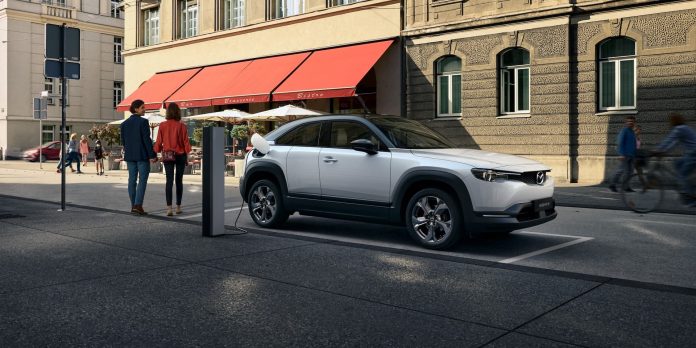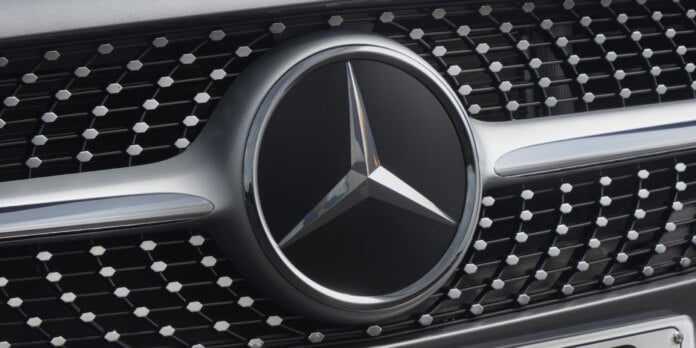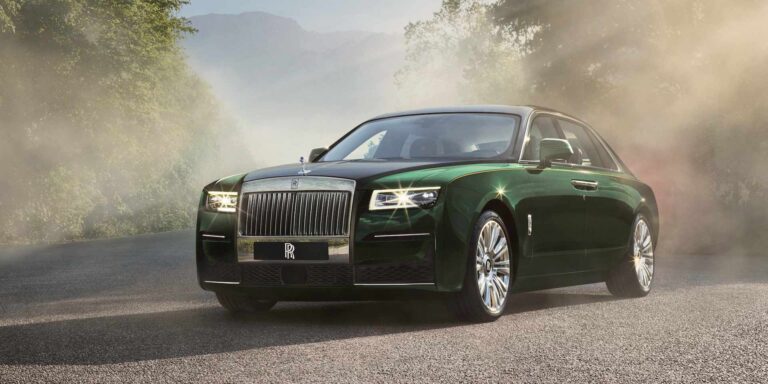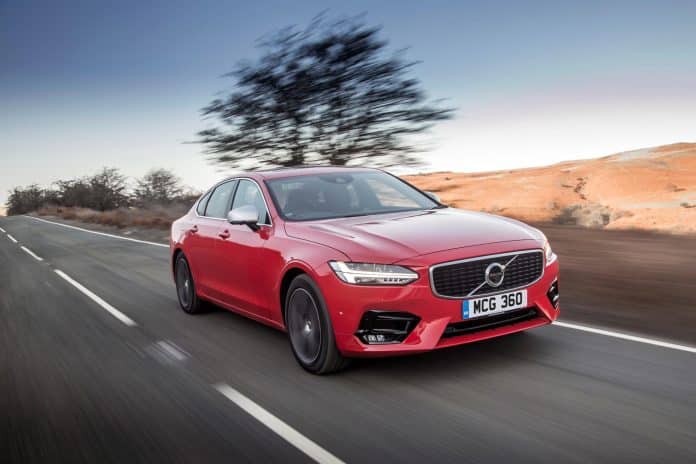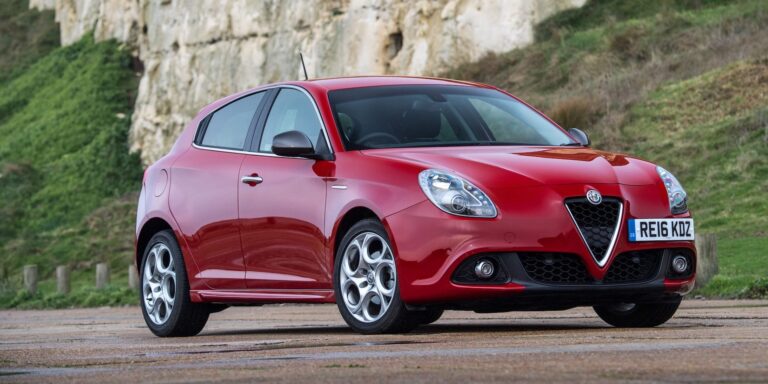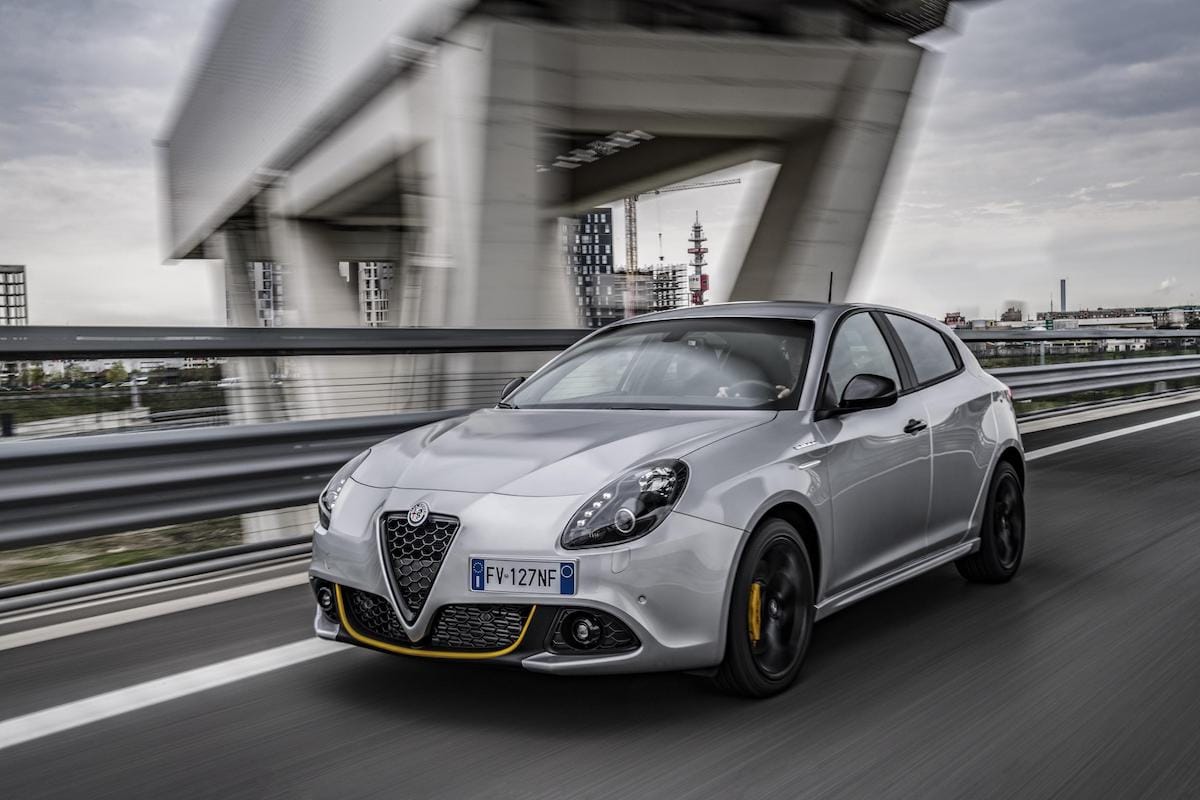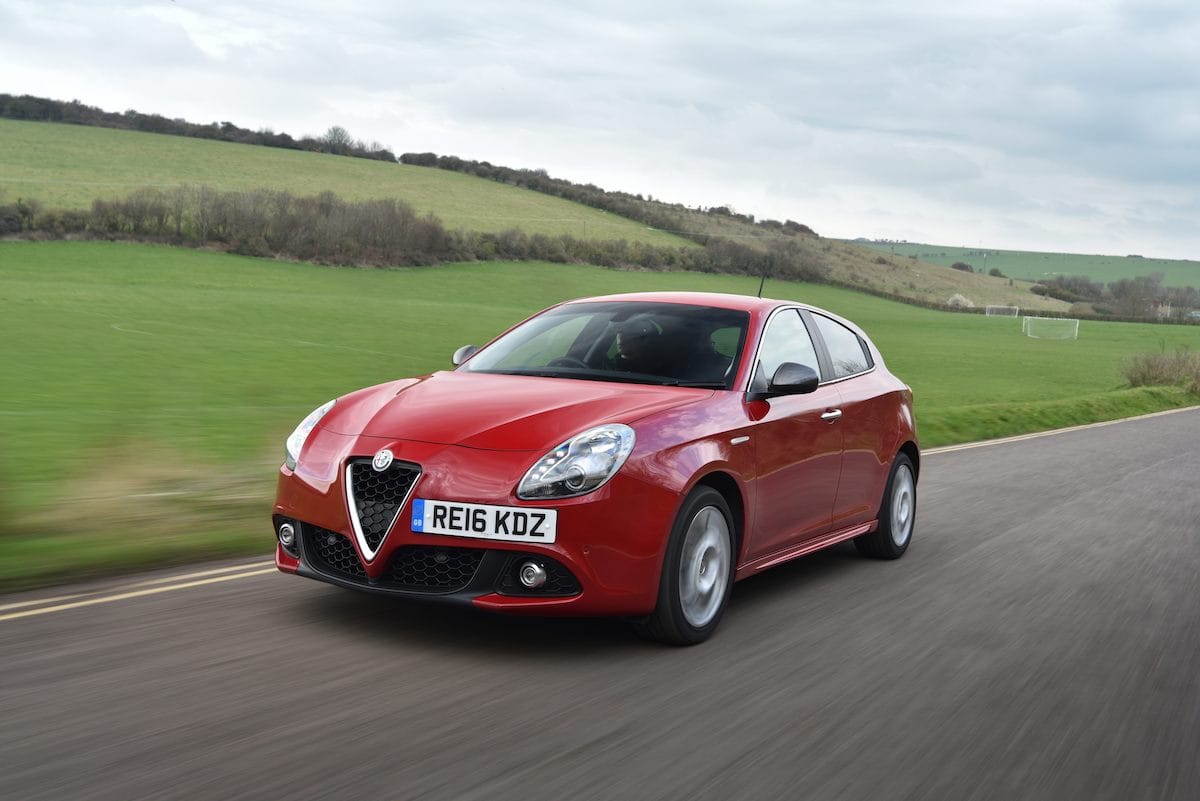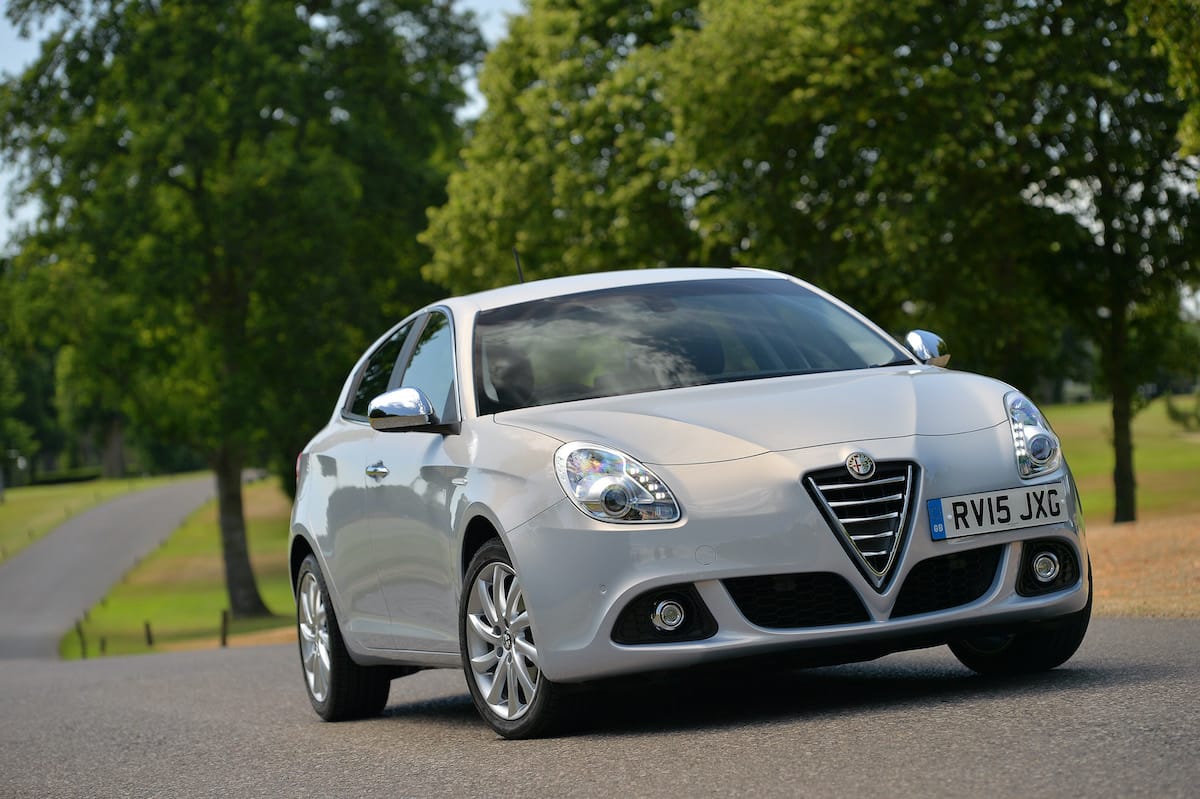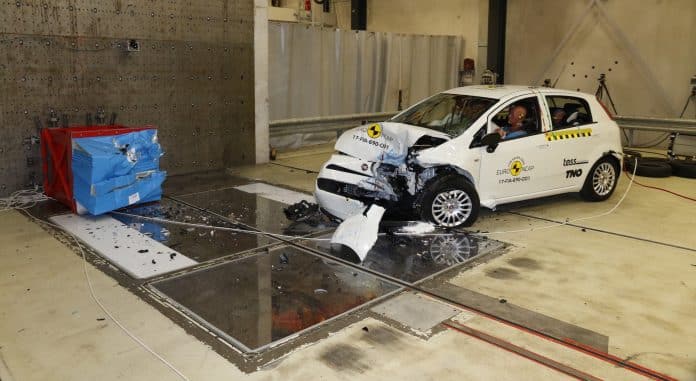It was a relatively positive month for new car registrations in May, at least compared to the most of the last year. Looking at the bigger picture, however, sales were still some way off pre-pandemic results. But it was nice to see things returning to some kind of normality.
Strong fleet purchasing relative to private sales meant more registrations of economical medium-sized cars, which overtook sales of SUVs for the first time in a long time. Small cars still dominated, as always, but the fight was broader than the usual Ford Fiesta/Vauxhall Corsa stoush.
We’ve covered the detail of the monthly registration results already this week, so let’s look at the top-selling cars of the month.
Report: Fleets drive new car sales growth in May
The UK’s best-selling cars, May 2021
1. Volkswagen Golf

The Volkswagen Golf topped the charts for the first time this year in May, with a strong result that also lifted it above the Nissan Qashqai into fourth place in year-to-date sales. After a slow start to the year, the Golf now appears to be delivering far more consistent sales for Volkswagen.
As more local reviews of different UK-spec Golf models have been published in the media, the Golf’s initial stellar Expert Rating slipped from a high of 85% to its current level of 80%. The much-vaunted ‘all-digital’ interior has drawn criticism from reviewers, who have found it inferior to the more conventional cabin of the previous-generation model. It’s not exactly a disaster for Volkswagen, but it’s interesting to see review scores that are consistently below the previous model’s results.
2. Vauxhall Corsa

Despite slipping off the top of the charts in May, the Vauxhall Corsa extended its lead at the top of the charts over the Ford Fiesta. With the Ford having a very difficult month, it means that the Vauxhall now holds a sales lead of more than 2,000 units after only five months of the year. The chances of the Corsa finally snatching the best-selling car crown away from its arch rival after about a decade on top for the Fiesta are looking better each month.
The petrol and diesel versions of the new Corsa currently hold an Expert Rating of 72% on our unique aggregator scale, based on 26 reviews we have gathered so far. That puts it in the bottom half of the supermini class, although the all-electric Corsa-e does score slightly better with an Expert Rating of 74%.
- Vauxhall Corsa (2020 onwards) – Expert Rating
- Vauxhall Corsa-e (2020 onwards) – Expert Rating
- More Vauxhall ratings, reviews, news and features
3. Volkswagen Polo

After returning to the top ten charts in April, the Volkswagen Polo jumped all the way up to third in May. This strong performance also lifted it back into the top ten for year-to-date registrations, deposing the Ford Kuga from tenth place.
The success of the Polo and Golf in May also helped Volkswagen to comfortably top the charts for best-selling manufacturers, with sister brand Audi taking second place and shoving eternal market leader Ford down to third.
The Polo holds an Expert Rating of 80% in The Car Expert’s New Car Ratings calculator, which is good but still a few points behind its Spanish cousin, the SEAT Ibiza. A facelifted model has just been announced, which is expected to arrive here in the UK by the end of summer.
4. Mercedes-Benz A-Class

Fourth place in the charts is actually the worst result we’ve seen for a few months for the Mercedes-Benz A-Class. It remains in thid place for year-to-date registrations, but it has been reeling in the Ford Fiesta over the last couple of months. Could it seriously overhaul the perennial champ in the second half of this year?
The A-Class has an Expert Rating of 76% in The Car Expert’s unique aggregated Expert Rating index, based on 47 UK reviews. It ranks highly for safety, winning awards from Euro NCAP and Thatcham in previous years for its protective qualities.
- Mercedes-Benz A-Class (2018 onwards) – Expert Rating
- More Mercedes-Benz ratings, reviews, news and features
5. Ford Puma

The top-selling Ford this month was neither the Fiesta nor the Focus (which failed to make the top ten yet again), but the talented little Puma SUV.
Ford’s junior crossover has been popular with critics, currently holding a rating of 82% on our unique Expert Rating index. This remains a best-in-class score for supermini SUVs, but it has slipped a few points in the last few months as we’ve added some new reviews and other sources have revised their initial opinions.
6. Kia Sportage

The current Kia Sportage seems determined to go out with a bang, with its second strong sales performance in as many months. An all-new model is set to be unveiled later this month, which is likely to arrive in the UK by the end of the year.
The Sportage currently holds an Expert Rating of 72% in our aggregated Expert Ratings index, which is midfield for medium SUVs but a couple of points behind the best-selling Nissan Qashqai and quite a margin behind the top cars in the mid-size SUV segment. It’s due for replacement soon, which is worth bearing in mind if you’re tempted by current offers.
7. Ford Fiesta

By the Fiesta’s lofty standards, 2021 is proving to be a tough year and May was a particularly challenging month. Seventh in the sales charts means it’s now 2,300 units behind the Vauxhall Corsa in year-to-date registrations, with no indication that anything is likely to shift the balance back in Ford’s favour anytime soon.
With the Fiesta languishing in seventh and the Focus out of the top ten altogether (both in May and year-to-date figures), it was a slow month for the brand that usually dominates the UK new car market. Ford’s best-selling vehicle in May was actually the Transit Custom van.
The Fiesta currently holds an Expert Rating of 81% in The Car Expert’s unique Expert Rating index, which aggregates reviews from 25 of the UK’s top motoring websites. That’s some 9% better than the Corsa, so the motoring media still clearly prefers the Ford even if customers currently say otherwise.
8. Toyota Yaris
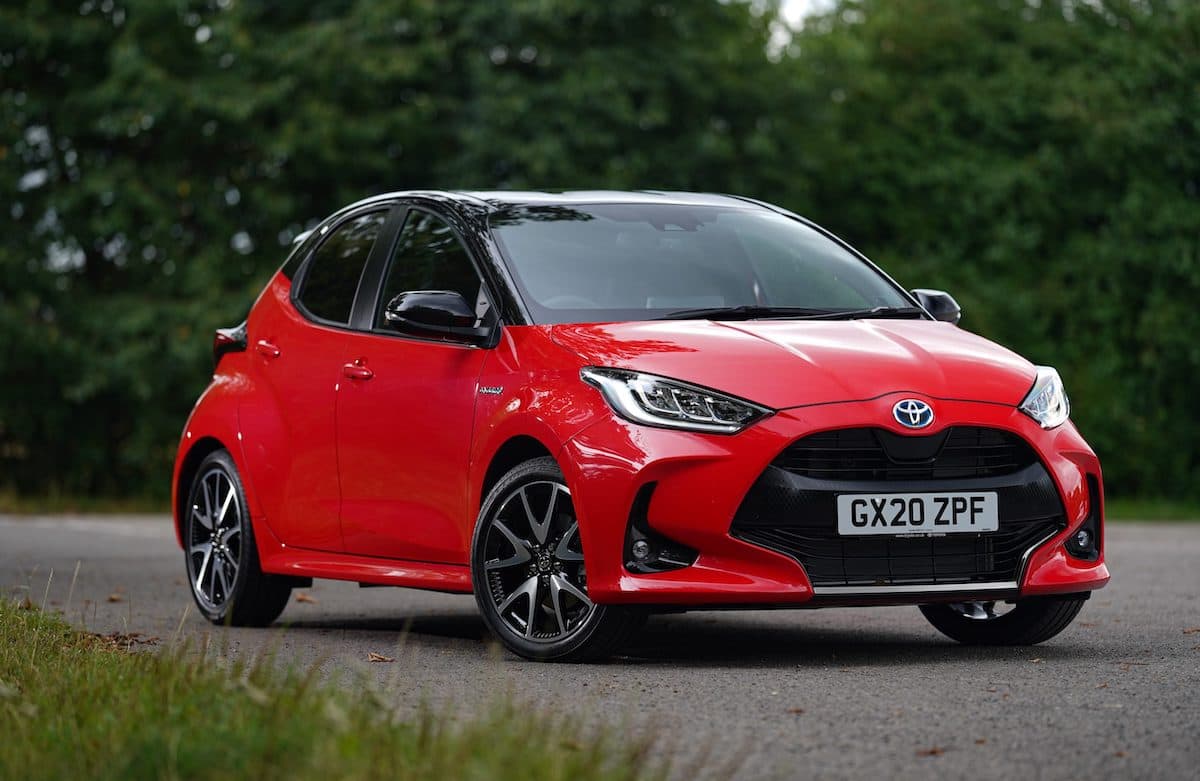
After making its debut in the best-sellers list back in March, the Toyota Yaris returned – again in eighth place – in May.
The Yaris currently holds an overall score of 76% on our Expert Rating index, which is several points behind the Ford Fiesta and Volkswagen Polo, although about four points ahead of the Vauxhall Corsa. It has received a number of awards in recent months, including European Car of the Year 2021, so it may be that the Yaris is going to become a far more regular sight in the top ten than its unloved predecessor.
9. Mini hatch

May was only the second time this year that the Mini hatch has made an appearance in the top ten list. It finished seventh in overall sales in 2020, but sits outside the top ten so far this year.
A facelifted Mini range is due to hit showrooms over the summer, which may help stimulate sales in the second half of the year.
Despite being the oldest car in the top ten, the Mini hatch still holds a very solid score of 80% in our Expert Ratings aggregator, which is better than most cars in its class. The new Mini Electric model dosn’t score so well, with an Expert Rating of only 73% – although this may change by a few points (either up or down) once the facelifted version is reviewed.
- Mini hatch (2014 onwards) – Expert Rating
- Mini Electric (2020 onwards) – Expert Rating
- More Mini ratings, reviews, news and features
10. Audi A3

Making its second appearance in a row in the lower reaches of the top ten is the Audi A3. Available as both a five-door hatchback and a saloon, the new A3 appeared in the top ten a couple times at the end of 2020, but it seems to becoming more popular of late.
It was a great month for Audi overall, rising to second place in overall manufacturer registrations behind its Volkswagen overlord. Not only was it considerably better than eternal rivals Mercedes-Benz and BMW, but more Audis were registered in May than Fords, which is something I don’t think we’ve ever said before.
The Audi A3 has received generally good reviews from the UK media since it was launched, with an Expert Rating of 78% that puts it a few points behind the BMW 1 Series (81%) and a couple of points ahead of the Mercedes A-Class (76%).



